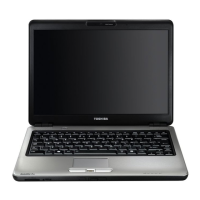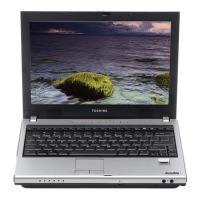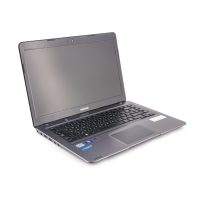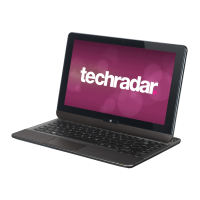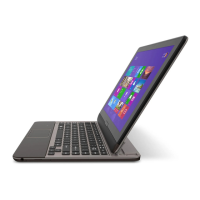User’s Manual4-4
Operating Basics
Points to note about the fingerprint sensor
Failure to follow these guidelines might result in (1) damage to the sensor or
cause sensor failure, (2) nger recognition problems, or lower nger recognition
success rate.
nDo not scratch or poke the sensor with your nails or any hard or sharp objects.
nDo not press the sensor strongly.
nDo not touch the sensor with a wet finger or any wet objects. Keep sensor
surface dry and free of water vapor.
nDo not touch the sensor with a soiled finger. Minute foreign particles on a
soiled or dirty finger may scratch the sensor.
nDo not paste stickers or write on the sensor.
nDo not touch the sensor with a finger or any object with built-up static
electricity.
Observe the following before you place your nger on the sensor whether for
ngerprint enrollment/registration or recognition.
nWash and dry your hands thoroughly.
nRemove static electricity from your fingers by touching any metal surface.
Static electricity is a common cause of sensor failures, especially when the
weather is dry.
nClean the sensor with a lint-free cloth. Do not use detergent to clean the
sensor.
nAvoid the following finger conditions for enrollment or recognition as they may
result in fingerprint enrollment errors or a drop in the fingerprint recognition
success rate
nSoaked or swollen finger (e.g. after taking bath)
nInjured finger
nWet finger
nSoiled or oily finger
nExtremely dry skin condition on finger
Observe the following to improve the ngerprint recognition success rate.
nEnroll two or more fingers.
nEnroll additional fingers if recognition failure occurs often using enrolled
fingers.
nCheck your finger condition. Changed conditions, such as injured, rough,
extremely dry, wet, soiled, dirty, oily, soaked, swollen fingers, may lower the
recognition success rate. Also if the fingerprint is worn down or the finger
becomes thinner or fatter, the recognition success rate may be lowered.

